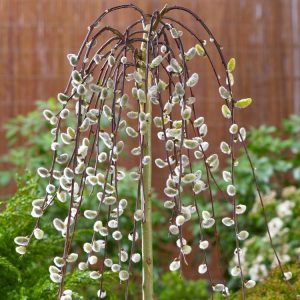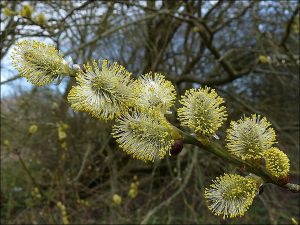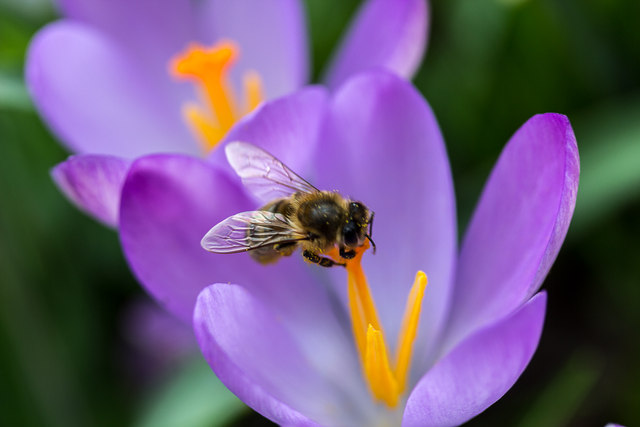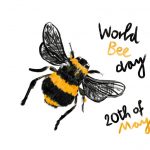Bee Utiful Bees
The Beekeeping Year Starts Now

Willow Trees

This new blog will give an outline of the tasks beekeepers do throughout the year, and will also focus on which plants to have in your gardens to encourage bees and other pollinators.
In winter we do very little to the honeybees, who cluster together inside the hive to keep warm. If you’ve seen films of the penguins in the Antarctic who huddle together in the winter blizzards, and take turns on who is on the outside and who is snug in the centre of the huddle, bees adopt the same strategy with the queen bee always well protected in the middle. They need enough honey stored in the hive to feed them through the winter months until the spring flowers and catkins appear and the weather is warm enough for them to fly out of the hive and forage for food. Beekeepers need to keep an eye on the honey stores in the hive, but of course we can’t keep opening up the hive to look as this would let the heat out and kill the bees. So we have to develop the skill of “hefting” the hive, lifting up one corner and judging the weight to decide whether we need to feed the bees some extra sugar paste to keep them going. I fed mine in January and again in early April.
This winter has been tough for bees. Wet winters are worse for bees than cold ones, but we’ve had every kind of weather this winter, with spring finally arriving weeks later than usual. Most beekeepers I know have lost some of their bee colonies- 25% losses seems to be the average. One of my five colonies died. Now that the weather is warming up a beekeeper will inspect inside the hives regularly to see how the bees are doing, how well the queens are laying eggs, how the larvae and young bees are developing, to make sure they’ve got enough to eat and to be on the lookout for any signs of disease. More of that another time.
Good plants to have in your garden are snowdrops and crocuses, which provide both nectar and pollen for bees early in spring. Pollen is a good source of protein and essential for the developing larvae and bees. Willow trees (Salix species) are excellent for bees as the catkins are a plentiful source of pollen early in the year. The best ones for bees are the goat willow (Salix caprea) which has the traditional pussy willow male catkins and long, green female catkins, or the Kilmarnock willow (Salix caprea pendula) which is a weeping willow. Both can be found readily in garden centres and you can buy them grafted onto a dwarf root stock so that they don’t grow into enormous trees. Every garden should have one!




